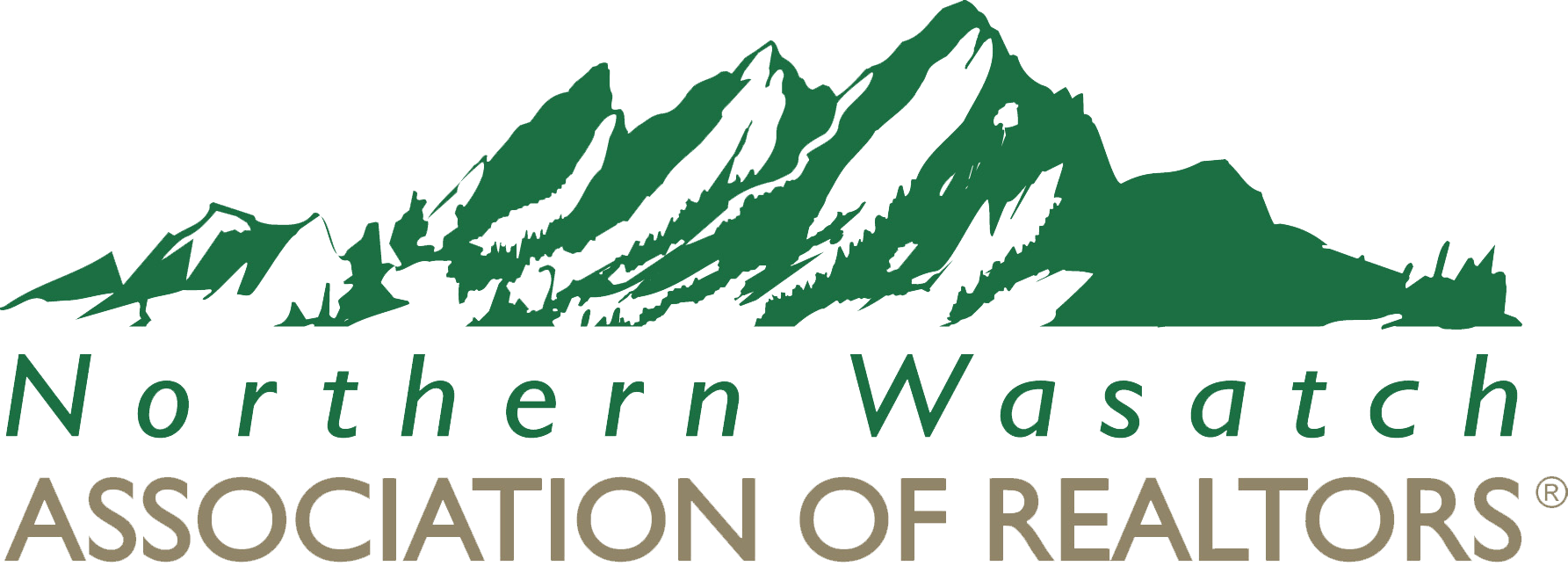Stephanie Taylor
2022 President, Northern Wasatch Association of Realtors
Utah’s strong job market along with a large population of young adults entering their prime home-buying years will provide robust demand for Utah housing over the next decade.
That’s according to a new regional economic report commissioned by the Utah Association of Realtors and written by Dejan Eskic, senior research fellow at the Kem C. Gardner Policy Institute. The study looks at housing market conditions in six states: Arizona, Colorado, Nevada, New Mexico, Utah and Wyoming.
The report studied various housing market indicators, comparing Utah’s performance to other states. Here’s a look at how Utah’s housing market stacks up.
Employment
One important indicator of real estate demand is an area’s job market and employment situation. From December 2019-2021, Utah has had the highest job growth in the country, with nonfarm employment increasing 3.7%. Only four states — Utah, Idaho, Texas and Arizona — had jobs exceed pre-pandemic levels.
Utah’s diverse economy has supported the recovery with job creation occurring in most industries. This is in contrast to other states like Nevada, which relies on leisure and hospitality jobs that are still getting back to normal.
At 1.9%, Utah also had the second-lowest unemployment rate in the country as of December.
Homes for Sale
Even though Utah had record home construction in 2020 and 2021, there is still a housing shortage, which Eskic doesn’t see going away anytime soon. Nationally, the housing gap is at about 5.8 million units.
“If the current household formation trends continue, the average completion rate would have to triple to close the deficit in the next six years,” Eskic wrote.
Home Prices
Strong employment combined with limited housing inventory has put pressure on Utah home prices, which increased 27% in fourth quarter 2021 compared to a year earlier. This was slightly less than the 27.4% growth in Arizona, but higher than increases in Nevada (23%), Colorado (18.3%), Wyoming (15.9%) and New Mexico (15.6%).
“[The rates of increase for] both rents and prices likely peaked in 2021 but are expected to see a positive growth rate in 2022,” Eskic wrote.
With a median sales price of $512,000, Utah had the second-highest median price in the region following Colorado at $574,000. New Mexico has the lowest median sales price in the region at $284,000. The median sales price in each of the six states reached all-time record highs in 2021.
“Expected rising wages will help the market return to equilibrium,” Eskic wrote. “However, prices will need to grow at a slower pace over an extended time to allow incomes to catch up and restore the historical price-to-income relationship.”
Rentals
Rent prices are also up. Rent costs are highest in Colorado, Arizona and Nevada at about $1,600 a month. Utah came in fourth at $1,445. Rents increased the most in Arizona, at 26%. Asking rent increased about 21% in Utah last year.
Eskic expects rent prices to grow at a slower rate in the future.
“Except for Wyoming, the rate of rental growth rates likely peaked in the second half of 2021,” Eskic wrote.
Utah has the lowest rental vacancy rate at 3%, which is essentially full occupancy. New Mexico had the highest rental vacancy rate at more than 8%.
“Market indicators confirm a national and state housing shortage, whether measured by the gap between housing units or ‘on the ground’ data such as days on market and rental vacancy rates,” Eskic wrote. “The likelihood of low inventory persisting remains high.”
Forecast
Mortgage rates will likely be rising this year which will subdue some housing demand in the short-term.
“Economic conditions over the next year are expected to be volatile,” Eskic wrote. “The expected tapering of the Federal Reserve’s asset purchasing program in March opens the door to increased interest rates.”
Nevertheless, housing demand looks strong over the long-term throughout the region.
— especially in Utah where there will be a large portion of the population entering their early 30s.
“Individuals between 26 and 32 years of age account for 9.9% (32.5 million) of the U.S. population,” Eskic wrote. “This age cohort is expected to provide a wave of first-time homebuyers, keeping the demand strong for the remainder of the decade.” To learn more about housing trends in your city and neighborhood, contact a local Northern Wasatch Realtor. Find one who specializes in your area by searching the online directory at NWAOR.com.

